- BREMNESS L., Herbs of health, beauty and joy, Fortuna print, 2003. ISBN: 80-89144-12-8.
- CHALABALA M. et al, Drug forms, Osveta, 1992, ISBN: 80-2170154-4
- LEROS, Sage Turnip, Online: adc.sk, (11.9.2021)
- PAMPLONA-ROGER D.G., Plants for Health, Advent - Orion, 2008, ISBN: 978-80-8071-097-2
- POUR G.M., MIRAZI N. et al, A comprehensive review on phytochemical, pharmacological and therapeutic properties of Agrimonia eupatoria, J Herbmed Pharmacol. 2021; 10(1): 14-30, online at: pdfs.semanticscholar.org
- RYSTONOVÁ I., A guide to folk names of plants, Academia, 2007, ISBN: 978-80-200-1332-3, p.478
- THURZOVÁ Ľ. et al, Small Atlas of Medicinal Plants, Osveta, 2010, ISBN: 978-80-80-8063-318-9, p.218
Burdock, an almost omnipotent plant. What effects does it have, what to collect?
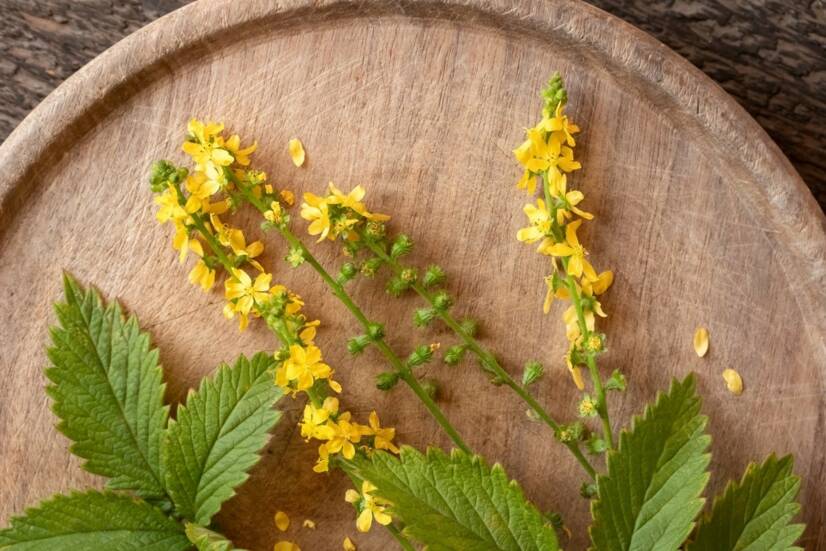
Burdock is an (almost) omnipotent plant. Find out what it does, what to prepare from burdock, when to harvest it and other interesting information.
Characteristics
Burdock (Agrimonia eupatoria in Latin) is one of the most famous medicinal herbs. It has been known since ancient Greece and Egypt.
It was popularly called "the health of the world" because it was considered a universal panacea.
Burdock belongs to the botanical family Rosaceae.
It is a perennial herb with a 30-80 cm tall stem. The stem is rough and hairy to the touch. The plant is characterised by its oddly pinnate, variously sized leaves. At the top of the stem are small yellow flowers arranged in an ear-like pattern.
It flowers from June to August.
It grows mainly in dry places, thrives in woods, meadows and clearings, and is often found at higher altitudes on hills or pastures.
In industrial cultivation, loamy-sandy soil is used. Cultivated varieties with a suitable content of active substances are therefore grown.
History of the plant
Burdock is a well-known and widespread medicinal plant.
Its Latin name Agrimonia Eupatoria is derived from the name of Mithriades Eupator. Eupator was the king of Pontus, an ancient kingdom in Asia Minor. He was considered a great collector of plants and a famous author of botanical writings.
The ancient author Pliny the Elder wrote of him in his Historia naturalis (Natural History) that he highly valued the burdock as a useful and versatile medicinal plant.
References to the healing power of burdock and its action in various health problems can be found throughout human history since then. For example, in the 15th century it was used as the main ingredient in 'archebic water', a medicine for treating gunshot wounds caused by the firearms of the time - arquebuses.
In Iranian traditional medicine, it is used as a means of promoting liver function. It is also known for its antibacterial and anti-inflammatory properties. In addition to these, borage has other more or less documented uses.
What active ingredients does burdock contain?
Burdock contains several dozen active substances. Many of them are responsible for its beneficial effects on human health.
The most important substances in the plant are substances called polyphenols - polysaccharide complexes. They consist of a number of organic acids and various complex sugars.
Some authors have suggested that it is this complex of substances, together with plant dyes (called flavonoids), in canola that is responsible for the plant's anti-inflammatory and antioxidant activity.
Essential oils (volatile essential oils) are also abundant, and are attributed with the ability of the beetroot to heal wounds.
It also contains tannins and magnesium. The herb therefore has a bitter taste and an astringent effect on the skin.

Thanks to all the active substances contained in burdock, its action can be summarised as follows.
Burdock has:
- anti-inflammatory effects
- Astringent effects - it is particularly useful in healing difficult and swollen wounds, promotes protein clotting and reduces blood flow and secretion
- antibacterial effects
- antiviral effects
- fungicidal effects (antifungal effects)
- disinfectant effects
- antipyretic effects (reduces fever)
- diuretic effects (diuretic)
- haemostatic effects (stops bleeding)
- hepatoprotective effects (effects in protecting liver cells) due to antioxidant activity, i.e. the ability to destroy free radicals. Free radicals are substances capable of damaging the liver, mild detoxifying effects
- cholagogic effects (increase bile secretion)
- stomachic effects (promotes appetite)
- antidiabetic effects (lowers blood sugar)
- effects on gallstones and other stones (dissolves these stones)
Some of the above effects have so far only been confirmed experimentally and will require further research to be put into practice. Others have been confirmed by many years of phytotherapeutic use of Sea Buckthorn and described in the literature. You will read more about these effects later in the article.
Internal use
The following forms are available for internal use of burdock:
- Burdock infusion
- Burdock tincture
Burdock infusion
Burdock infusion is actually a classic burdock tea.
It can be purchased as a loose herb or portioned. Preparation is simple and instructions are included.
It is usually recommended to pour one teaspoon of the loose herb over 2.5 dl of boiling water and infuse for 10 minutes.
The dosage is 1 cup a maximum of 3 times a day.
For external use, the decoction prepared in this way is quite weak.
Use of canola infusion:
- Appetite support
- For indigestion in general
- In liver diseases as a supportive treatment
- In gastritis (inflammation of the stomach lining) of various origins
- In impaired gallbladder function to promote bile secretion
- In inflammation of the urinary tract (e.g. as part of various industrially produced teas)
- In inflammation of the respiratory tract
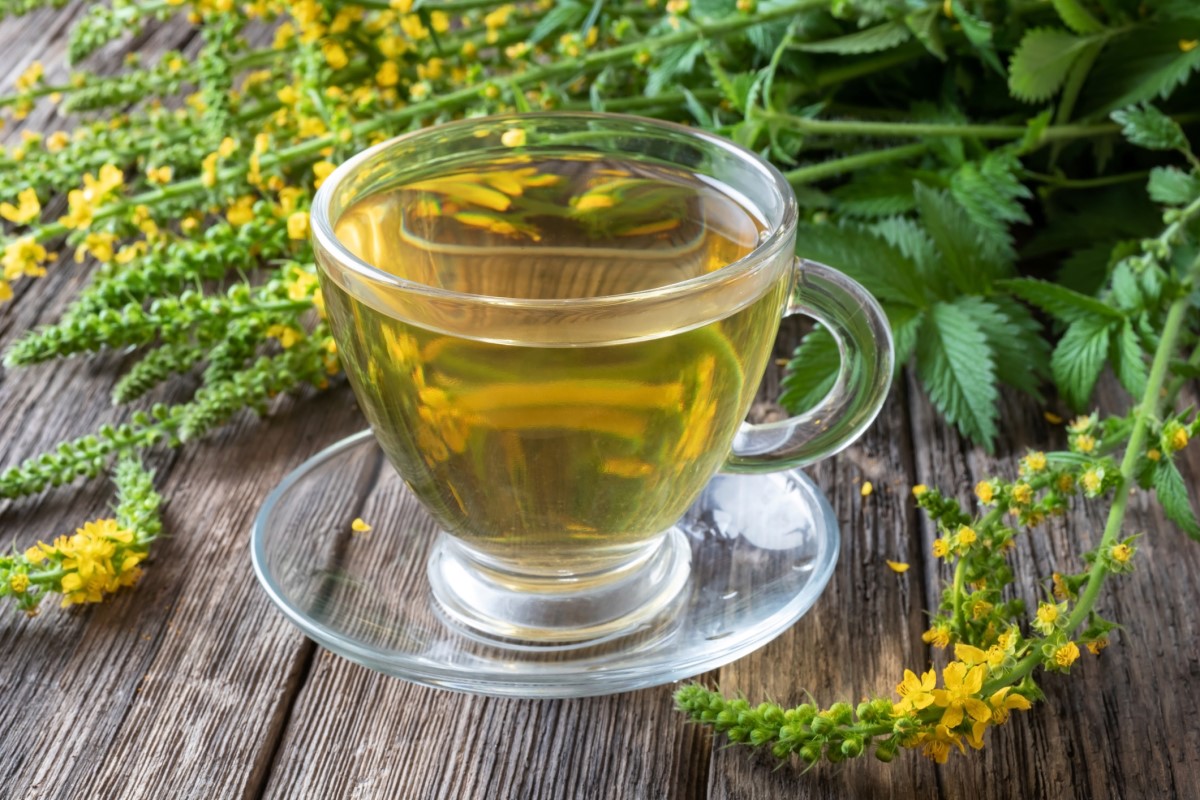
Turnip tincture
Burdock tincture is an alcoholic extract of burdock.
It is suitable for internal and external use.
The indications are the same as those of burdock poultices and infusions. The dosage may vary according to the tincture chosen. Each manufacturer determines it differently, according to the properties of the tincture he produces.
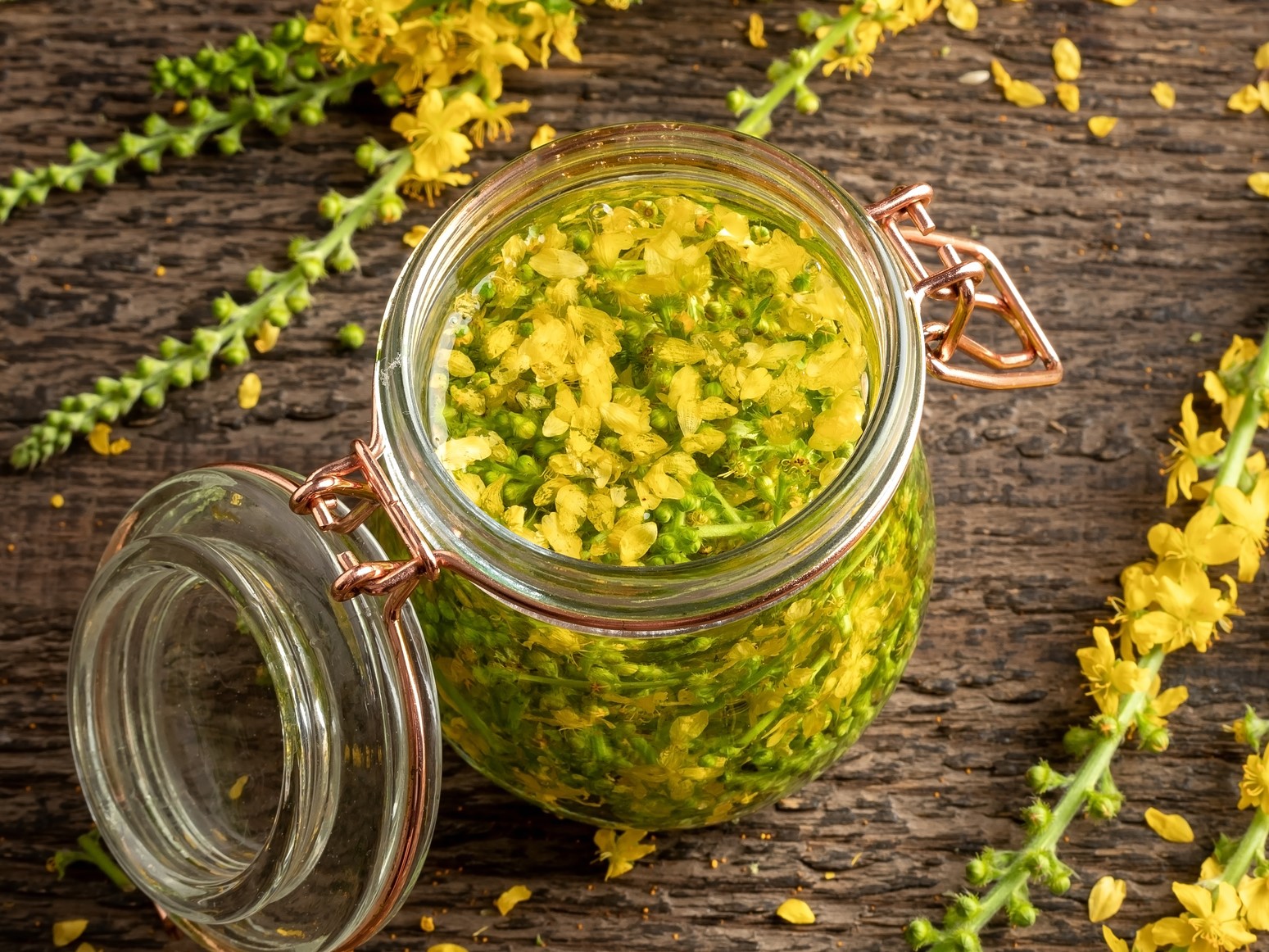
External use
Burdock, suitably adapted for external use, can be found in several forms:
- burdock gargle
- burdock poultices
- burdock ointment
The starting product for the preparation of the gargle and poultice is a decoction of rapeseed, which can be prepared as follows:
- Slightly moisten the burdock in the amount of 20-30 g per 1 litre of water - so that it is moist, but not submerged in water.
- To make a concentrated decoction of rapeseed, use 100 g of decoction per 1 litre of water.
- Pour boiling water over it.
- Boil at 100 °C for 15 to 30 minutes.
- Leave to cool.
- Filter through gauze.
The decoction can be used to make gargle and poultice.
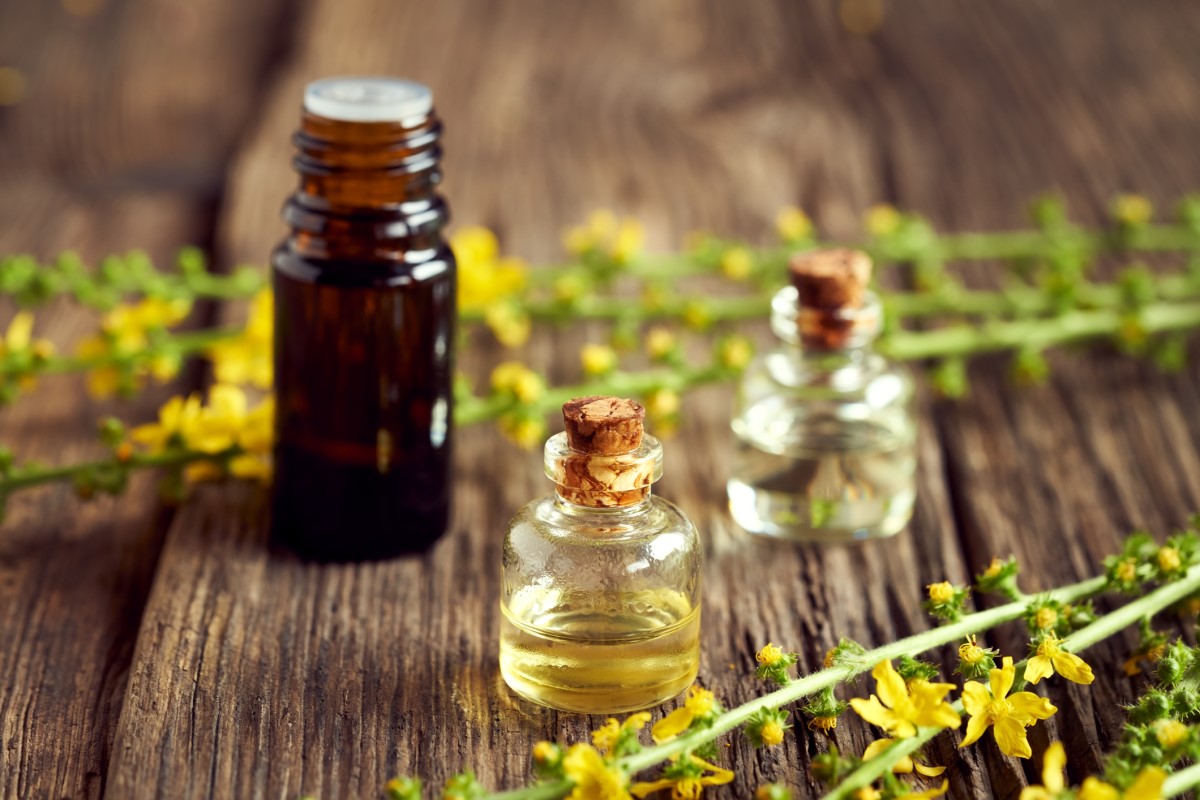
Turnip gargle
A beetroot gargle is usually prepared from a concentrated beetroot decoction or brine. Commercially available bulk beetroot herb can also be used to prepare a beetroot gargle.
The appropriate preparation procedure and the recommended dosage are always indicated on the product packaging. It is recommended to follow it.
Use of Burdock Gargle:
- In the initial stages of sore throat (laryngitis, pharyngitis and tonsillitis), it will help especially with mild pain.
- The anti-inflammatory, antibacterial, antiviral and disinfectant effect of the burdock is applied here.
- For wounds and aphthae in the oral cavity.
- For gingivitis and periodontitis.
Burdock poultices
Gauze squares or a clean cloth soaked in a concentrated decoction of rapeseed and gently wrung out are used as a poultice.
Use of burdock poultices:
- To promote healing of wounds of various origins (e.g. difficult-to-heal wounds after surgery). In this case, the advantageous combination of disinfectant, antibacterial, antiviral and astringent action will help.
- For cold sores: this is a viral disease, the antiviral effect of the burdock is used.
- For varicose(varicose) ulcers of the limbs. An ulcer is a type of poorly healing wound.
Turnip ointment
You can buy a suitable formulation of burdock ointment, for example, in a pharmacy.
Use of burdock ointment:
- For haemorrhoids - also for inflamed and bleeding haemorrhoids. As an alternative, you can also take a sedentary bath in a burdock decoction.
- In the same cases as canola poultices
- Softening hardened skin (for example on the heels)
- Treatment of burns
- Minor cuts and abrasions
Harvesting and storage
You often ask:
What is collected?
To ensure that the herb contains the substances responsible for its desired effects in the right proportion and quantity, its flowering inflorescence is collected.
It consists of flowers, stems and leaves.
It is recommended to cut off stems that are no more than 5 mm thick with just developing flowers. If the stems are already too thick, collect ground leaves and flower tops with a minimum of fruit.
Leaves affected by rust should not be collected.
The collected inflorescences are dried at 35 °C. They are stored in a tightly closed container, protected from light and moisture.
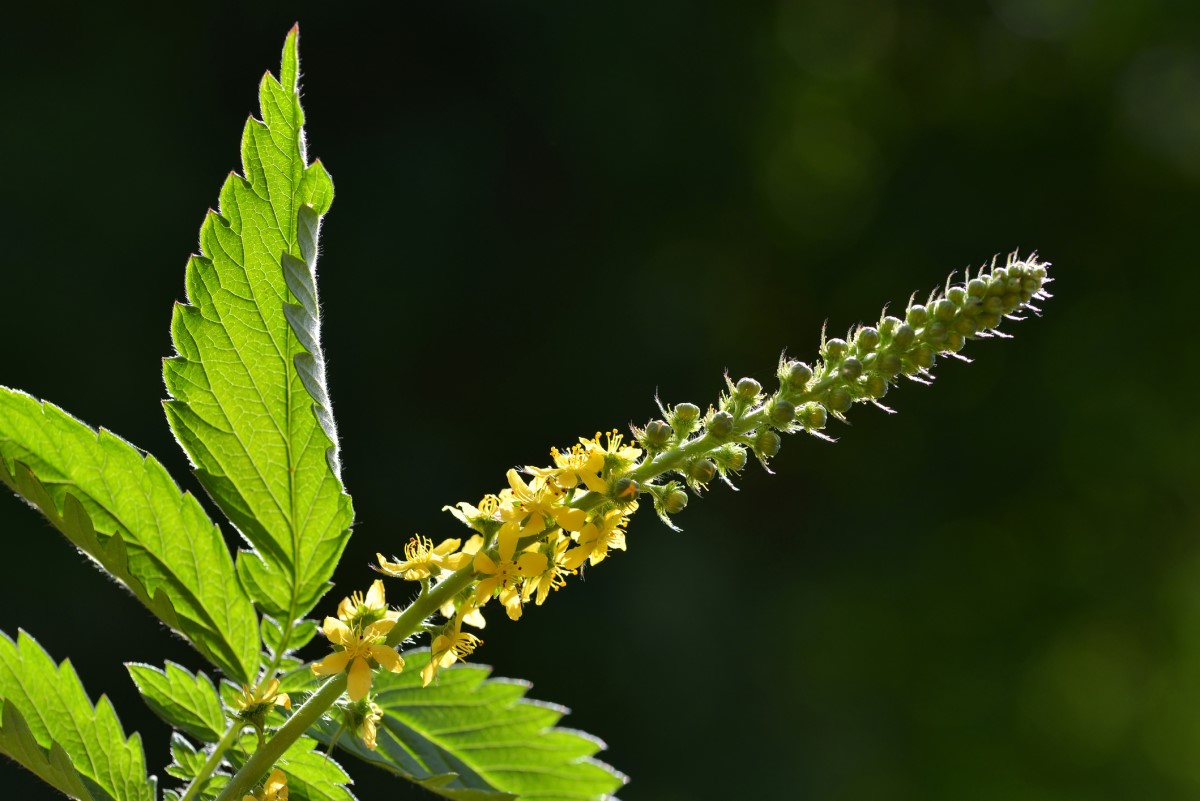
Contraindications
Burdock is not suitable for internal use in pregnancy and for children under three years of age.
The use of burdock is not recommended for constipation. Constipation is one of its side effects and burdock could aggravate it.
External use in recommended doses has no contraindications.
Side effects
With the correct dosage of burdock and preparations made from it, there is no need to worry about side effects. The herb is among the safe ones in this sense.
When exceeding the recommended dosage, nausea and constipation may occur.
Conclusion
We hope that this article has answered at least some of the questions you may have had regarding borage. As you already know, it has many health benefits. When used correctly and responsibly, it can help alleviate a wide range of problems. It is an option to address them in a natural way. Why not take advantage of it when it is offered to us?
Interesting resources










